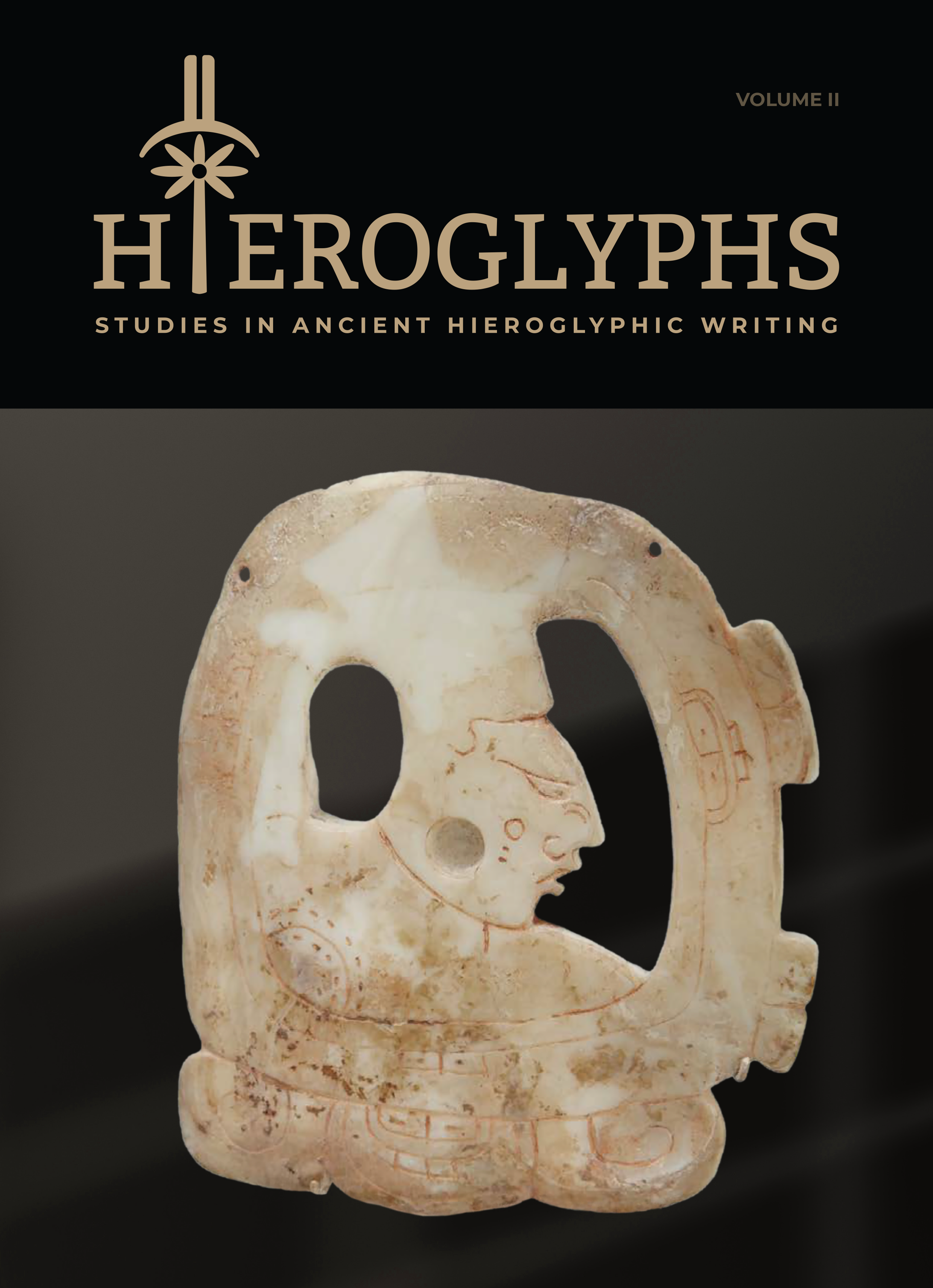Emerging Gender Markers in Pre-Old Egyptian
The Umm el-Qa’ab Private Stelae reconsidered
Keywords:
classifier, gender, Early Dynastic Period, stela, system of writingAbstract
During the period between Dynasty “Zero” and the Fourth Dynasty, the Egyptian state was formed and developed numerous elements that remained fundamental for the later state and complex society. Early pictorial evidence indicates that both men and women are depicted, although the assignment of gender does not always appear to be unambiguous. Archaeological findings, artistic representations and linguistic evidence provide some insights about gender representation; in particular the First Dynasty stelae from the subsidiary burials of the royal tombs at Abydos are a unique corpus of Pre-Old Egyptian writing. The stelae are inscribed with titles and/or names, and one of mainly three different signs is often found at the end of such a title/name unit. These signs are categorised as [dog], [dwarf] and variants of a seated persons, some of which are the hieroglyphic sign A1, others B1 and some are often interpreted as a woman—or not. The difference is not trivial because—of course— gender matters and is an analytical category for structuring societies. This raises an interesting point: how is the sex expressed in Pre-Old Egyptian writing that is presumed to match grammatical gender?
Downloads
Published
How to Cite
Issue
Section
License
Copyright (c) 2024 Eva-Maria Engel, Ines Köhler

This work is licensed under a Creative Commons Attribution-NonCommercial-NoDerivatives 4.0 International License.



